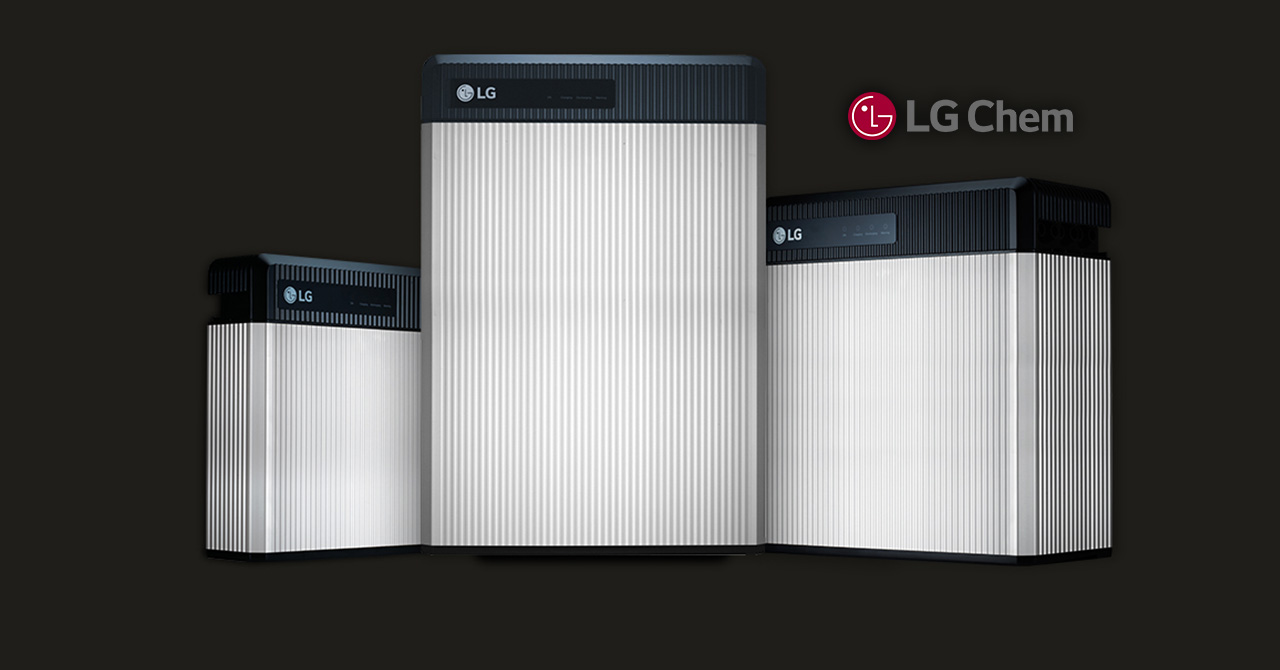6 facts about solar power in Australia
The Australian solar industry is starting to hit its stride as the uptake of renewable energy continues to increase both nationally and internationally. Multiple projects go into development all the time throughout Australia, helping to make our future look a whole lot brighter.
There’s still plenty that people don’t know about solar energy, so here are 6 facts about solar energy in Australia.
There’s plenty of it
Solar is the most abundant energy resource on the planet. In only an hour, the amount of power from the sun that strikes the Earth is more than the world consumes throughout a year.
Australia’s climate is ideal
Australia has the highest solar radiation per square metre of any continent, providing some of the best conditions in the world for producing solar energy. Australia’s current use of solar power is low, accounting for about 0.1% of Australia’s total primary energy consumption. The most common use of solar energy being for solar water heating however with financial assistance from the Government the uptake of rooftop solar PV systems is increasing all the time.

South Australia is the leading state for renewable electricity
As of 2018, South Australia had the highest proportion of renewable electricity, continuing to have the largest amount of installed wind and solar capacity, closely followed by New South Wales and Victoria.
Queensland has the highest % of solar households
Queensland had the highest percentage of their population with rooftop solar installed with 32.9% at the end of 2018. South Australia was closely behind with 32.3% and Western Australia was 3rd with 26.7% of households with rooftop solar.

It’s revitalising small Aussie towns
Many small towns throughout Australia have struggled in recent times due to drought, closing businesses and younger generations moving to larger cities for jobs. From the construction and maintenance of solar farms communities gain benefits from hospitality, increased wages, accommodation and other knock-on effects.
The costs have fallen
In the early 2000’s the cost of solar panels was far greater, often priced between $5 to $10 per Watt. In recent times, as product manufacturers improve their production efficiencies and installation methods, that price has dramatically decreased to less than $1.50 per Watt.
With falling costs and Government subsidies it’s a great time to invest in Solar and start to reduce your carbon footprint. To find out more about making the switch to solar give us a call on 1300 40 41 42.
*https://www.ga.gov.au/scientific-topics/energy/resources/other-renewable-energy-resources/solar-energy
*https://www.climatecouncil.org.au/resources/states-renewable-energy/







 Solar Service Group
Solar Service Group




 Solar Service Group
Solar Service Group